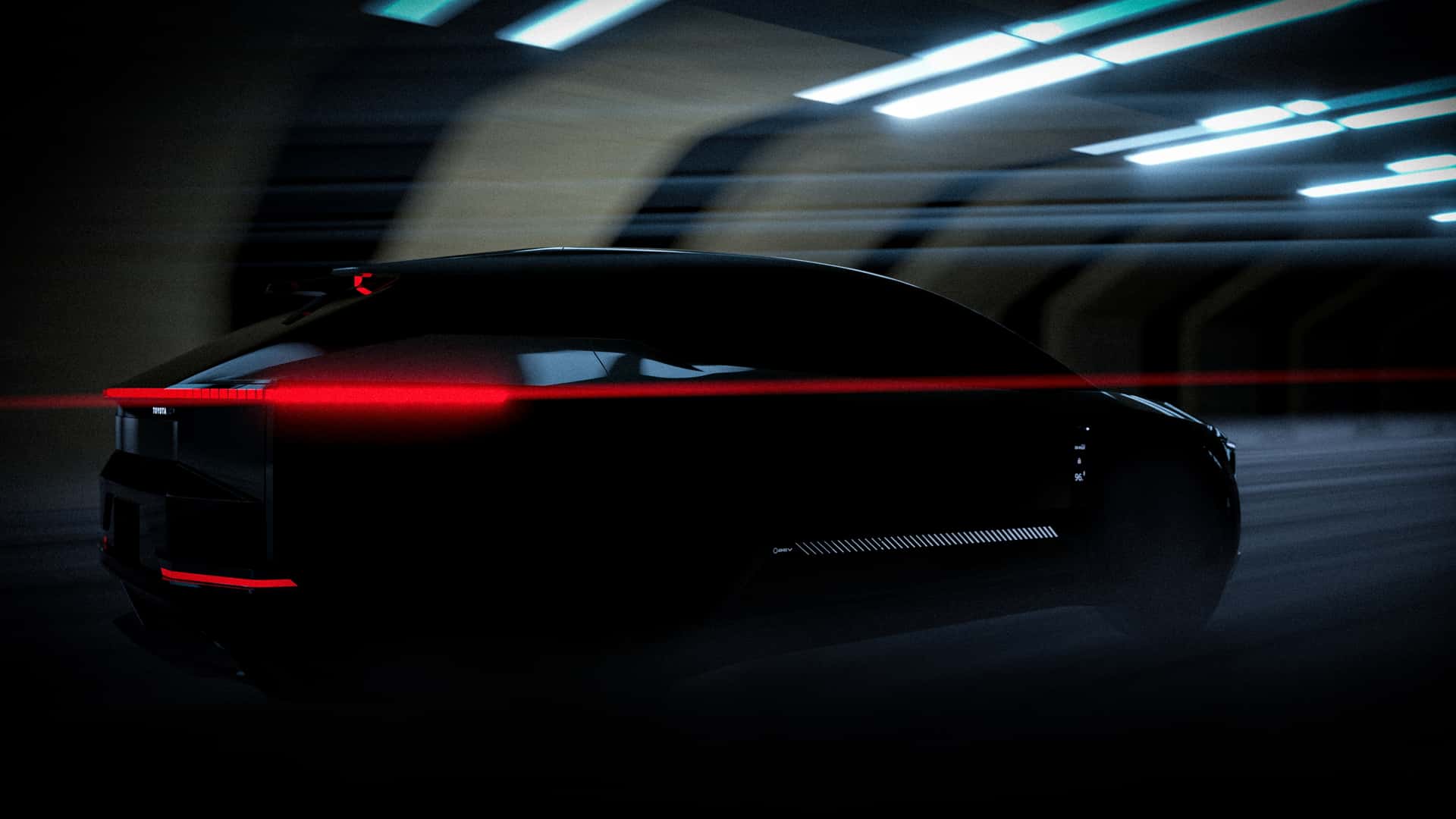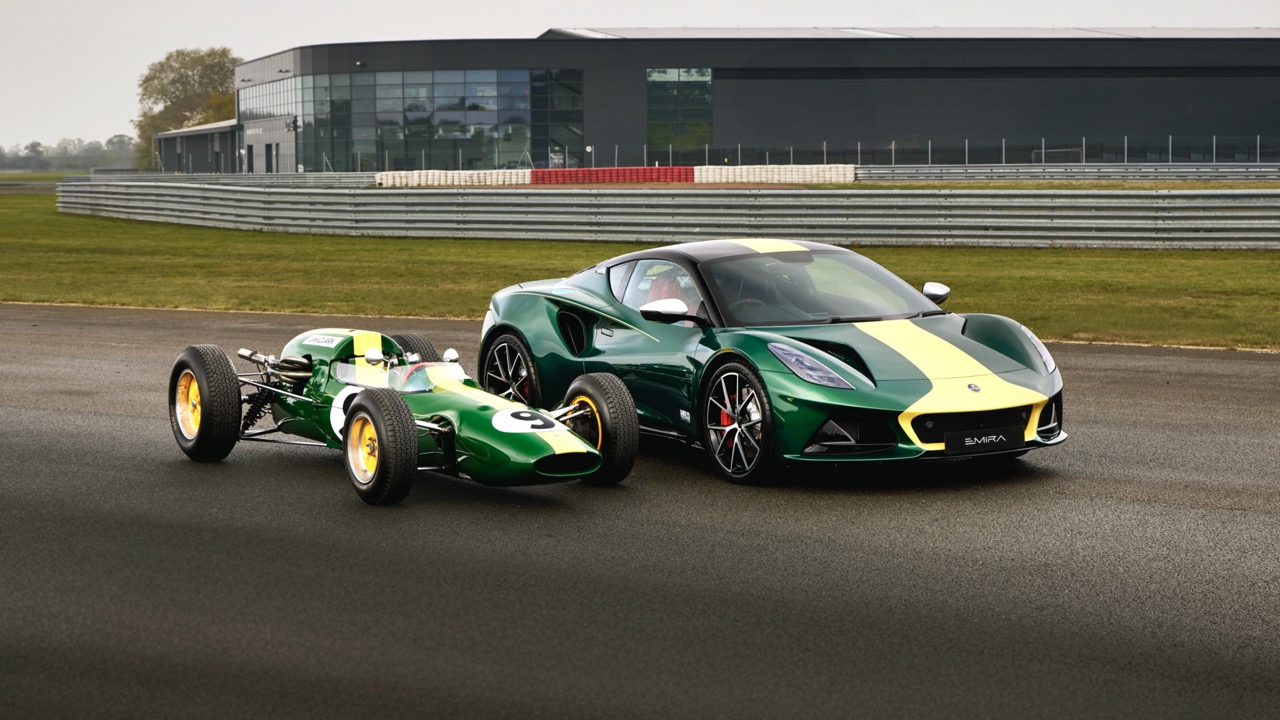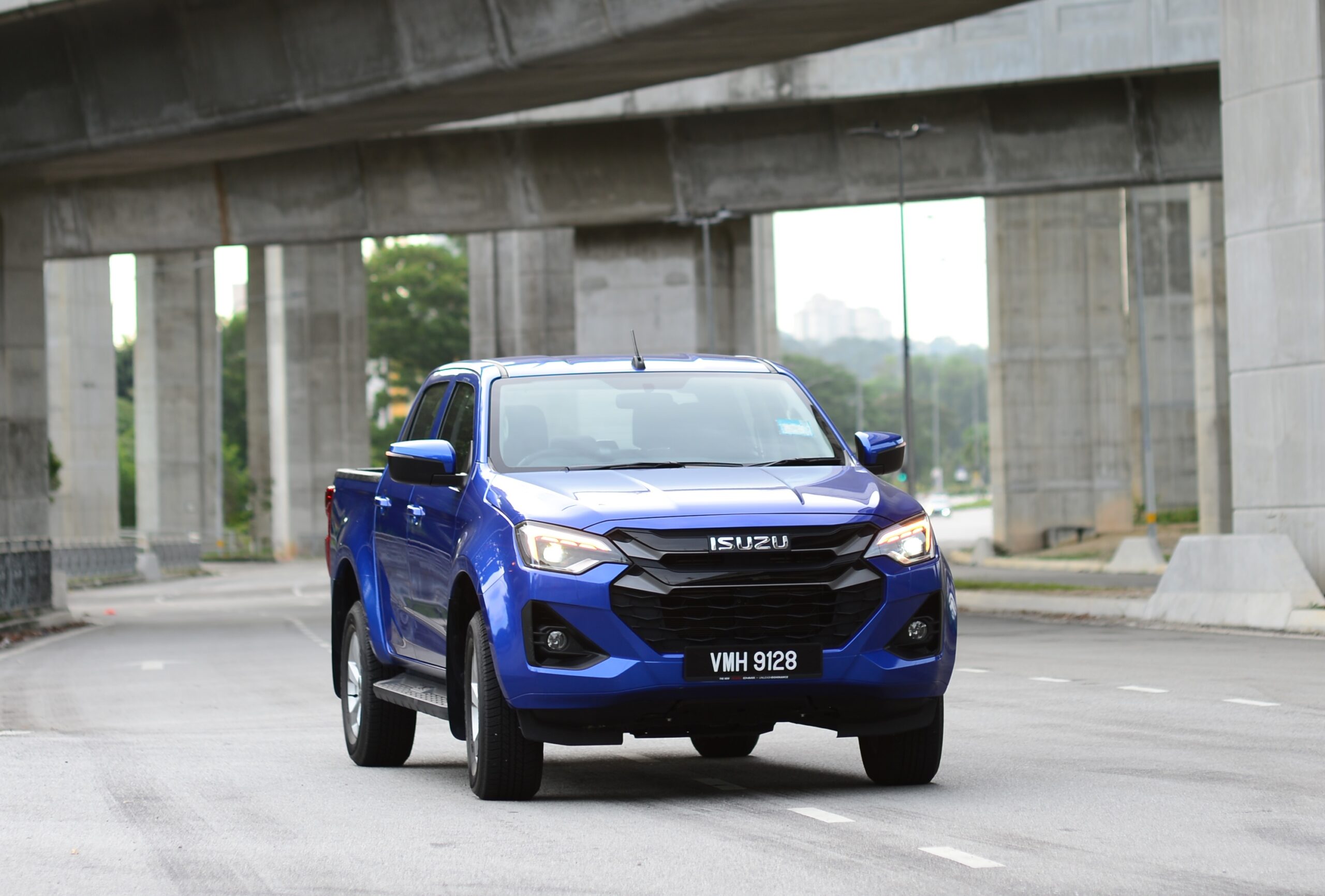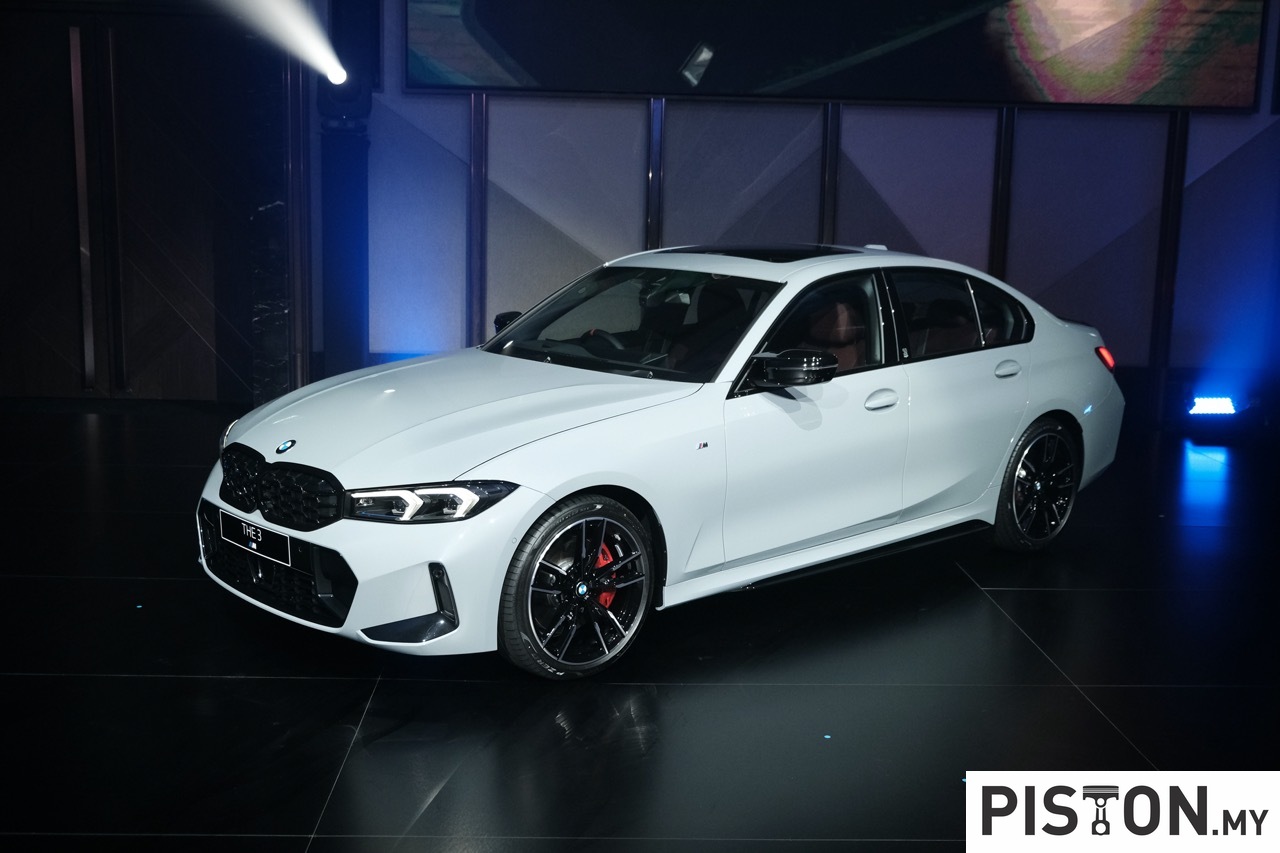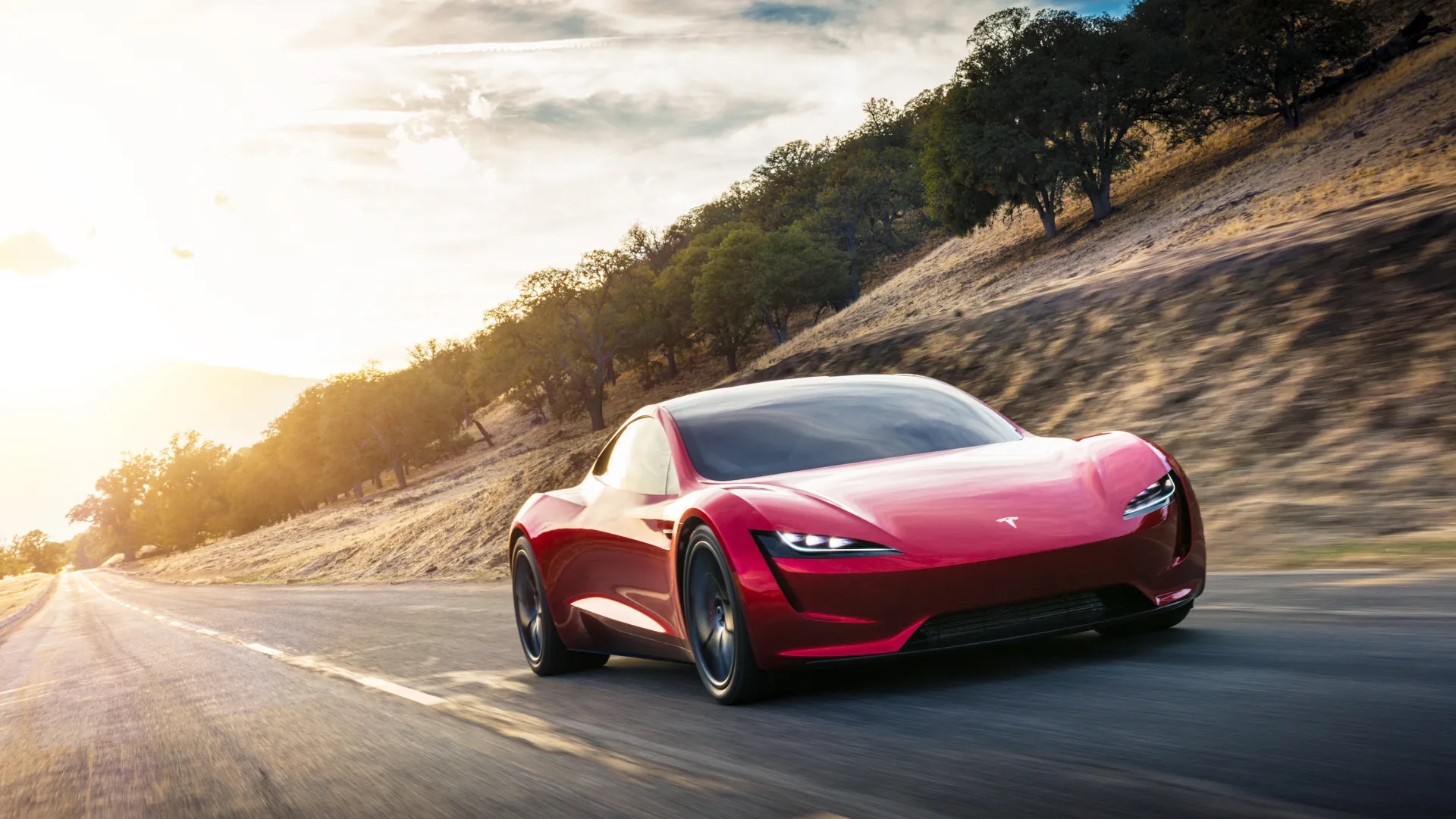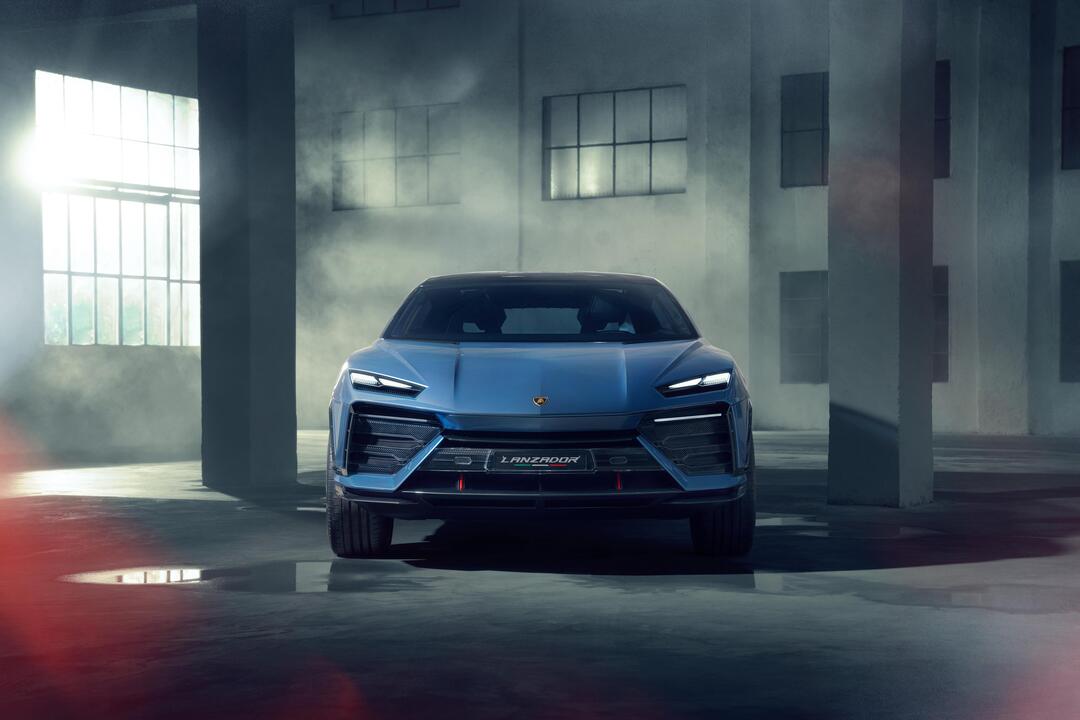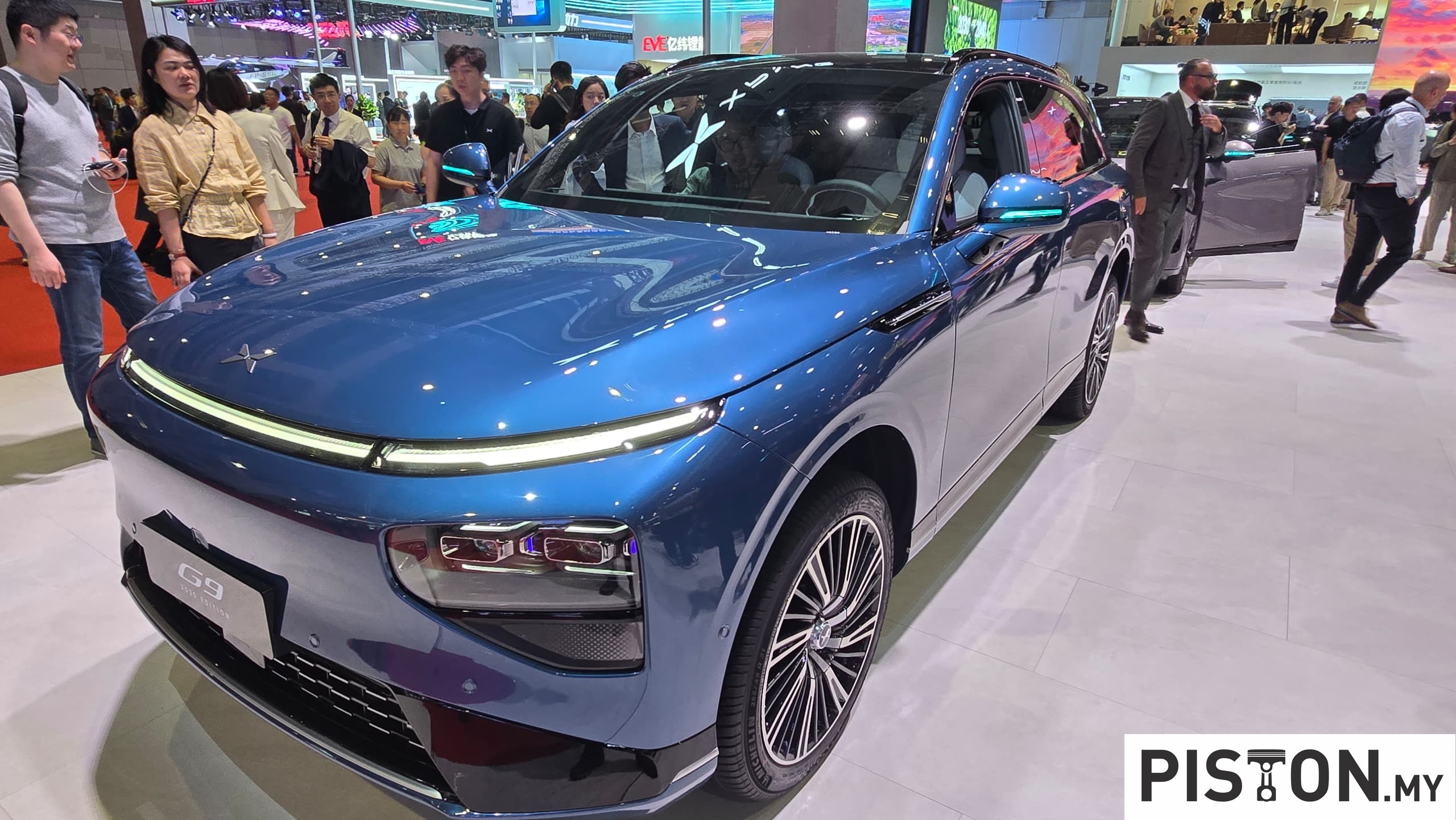As Toyota accelerates towards an electric future while maintaining its focus on hybrids and hydrogen-powered vehicles, glimpses of its next-generation zero-emissions vehicles are beginning to emerge. The Japanese automaker recently released teaser images of two upcoming all-electric concepts set to debut at the Japan Mobility Show 2023 in Tokyo, providing insights into its forthcoming compact crossovers and sporty two-door coupes.
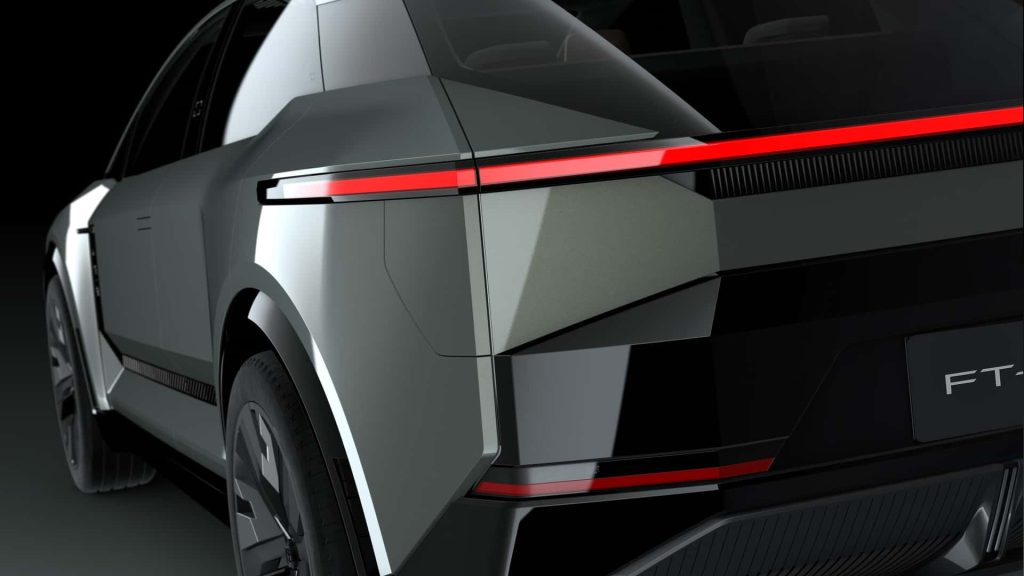
First in line is the FT-3e, described by Toyota as an “SUV-like” concept designed to enhance customers’ daily lives with new driving experiences and personalised services powered by innovative technologies. The teaser images reveal a crossover with sharp, angular shapes and a full-width LED strip at the rear. Side-mounted displays offer information like battery state of charge (SoC), interior temperature, and air quality as the driver approaches the vehicle. Although it appears to be a four-door concept, further details are expected at the Japan Mobility Show.
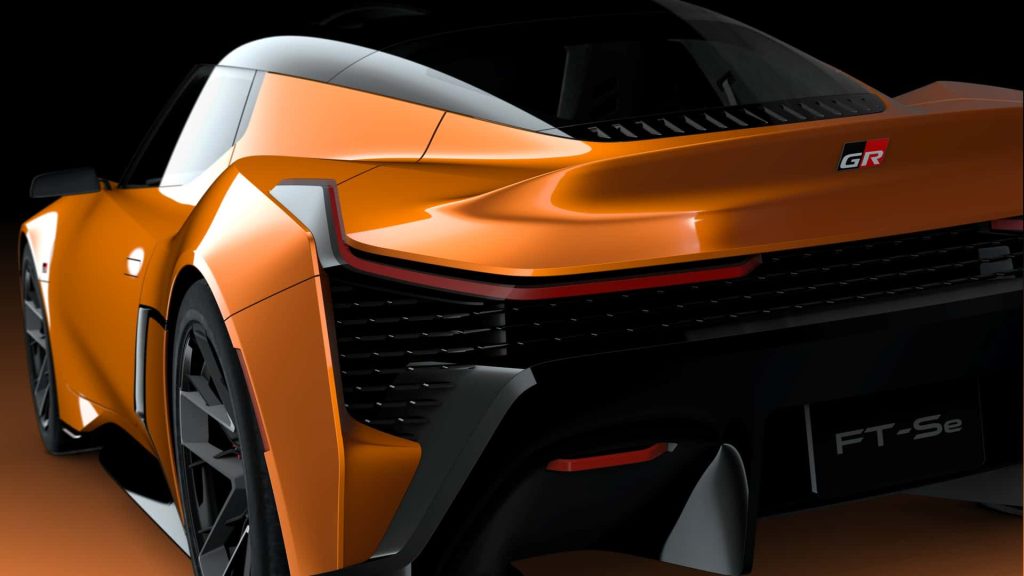
Alongside the crossover, Toyota unveiled teasers for a Supra-inspired two-door electric coupe concept known as the FT-Se. Adorned with the Gazoo Racing (GR) logo, this swoopy orange EV shares major components with the FT-3e crossover. Toyota hinted at similarities in the platform, battery, and electric motors, but precise specifications are yet to be revealed.
The GR division’s involvement suggests a potential showcase of advanced features such as a manual transmission and simulated internal combustion engine noises, akin to a recent electric sports car project. Images highlight a low digital instrument panel and side-mounted displays reminiscent of the iconic A80 Supra, hinting at a modern reinterpretation of its iconic wraparound dashboard.
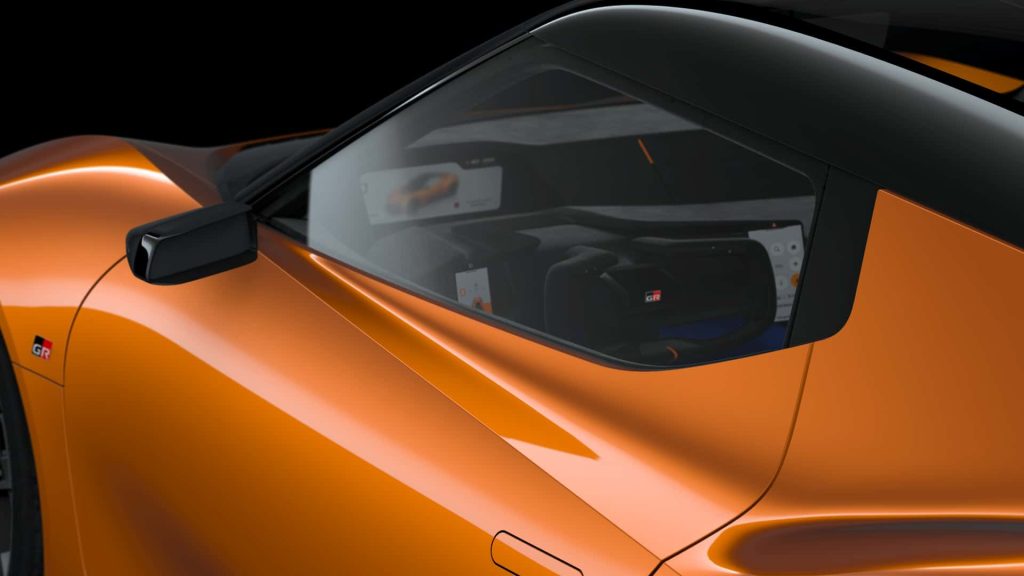
Toyota’s next-gen platform aims for series-production EVs to debut by late 2025. According to their battery technology roadmap, these EVs are expected to achieve over 800km on a full charge and recharge from 10 percent to 80 percent SoC in about 20 minutes from a DC fast charger. Toyota plans to lower lithium-ion battery costs by approximately 20 percent compared to current models, with a cheaper Lithium Iron Phosphate (LiFePO) variant targeting over 600km of range, expected to enter production in 2026 or 2027. Additionally, solid-state batteries are in development, with mass-produced packs projected to launch by 2027 or 2028.




